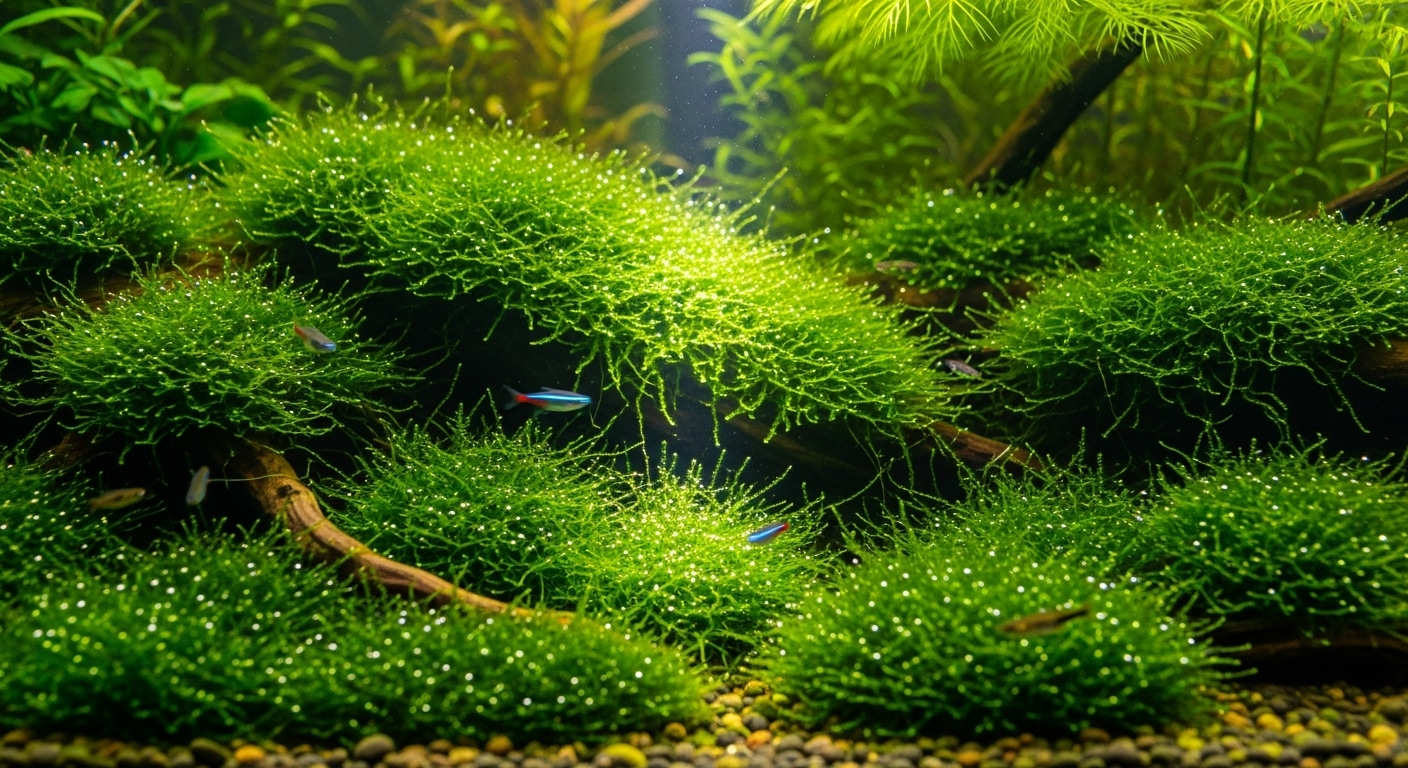Aquatic Arthropods: The Fascinating World of Freshwater Shrimp
Dive into the captivating realm of freshwater shrimp, a diverse group of aquatic arthropods that have been gaining popularity in the aquarium hobby. These tiny crustaceans offer a unique blend of beauty, functionality, and intrigue, making them an excellent addition to any freshwater ecosystem. From their vibrant colors to their crucial role in maintaining water quality, freshwater shrimp are revolutionizing the way we approach aquascaping and aquatic pet care.

The Diversity of Freshwater Shrimp Species
Freshwater shrimp encompass a wide array of species, each with its own unique characteristics and appeal. The most popular varieties in the aquarium trade include the Cherry Shrimp (Neocaridina davidi), Crystal Red Shrimp (Caridina cantonensis), Amano Shrimp (Caridina multidentata), and the Bamboo Shrimp (Atyopsis moluccensis). These species vary in size, color, and behavior, offering aquarists a range of options to suit their preferences and tank setups.
Cherry Shrimp, for instance, are known for their vibrant red coloration and ease of care, making them an excellent choice for beginners. On the other hand, Crystal Red Shrimp boast intricate patterns of red and white, appealing to those seeking a more visually striking addition to their aquariums. Amano Shrimp, named after the renowned aquascaper Takashi Amano, are prized for their algae-eating abilities and can grow larger than many other freshwater shrimp species.
The Role of Freshwater Shrimp in Aquarium Ecosystems
One of the most compelling aspects of keeping freshwater shrimp is their contribution to the overall health of an aquarium ecosystem. These tiny creatures serve as nature’s cleaning crew, constantly foraging for algae, detritus, and leftover food particles. This natural behavior helps to maintain water quality and reduce the buildup of harmful substances in the tank.
Shrimp are particularly effective at controlling algae growth, which is often a challenge for aquarium keepers. By grazing on various types of algae, they help to keep aquatic plants healthy and prevent unsightly algal blooms. Additionally, their constant movement and foraging activities help to aerate the substrate, promoting better circulation of nutrients and oxygen throughout the aquarium.
Setting Up a Shrimp-Friendly Habitat
Creating an optimal environment for freshwater shrimp requires careful consideration of several factors. Water parameters play a crucial role in the health and well-being of these sensitive creatures. Most species thrive in slightly acidic to neutral pH levels (6.5-7.5) and prefer stable water temperatures between 70-78°F (21-26°C).
A well-planted aquarium not only provides a natural and aesthetically pleasing habitat for shrimp but also offers numerous benefits. Live plants provide shelter, grazing surfaces, and help maintain water quality by absorbing excess nutrients. Popular plant choices for shrimp tanks include Java moss, Anubias, and various species of floating plants.
Substrate selection is another important aspect of shrimp tank setup. A fine-grained substrate, such as sand or small gravel, allows shrimp to forage comfortably and helps to cultivate beneficial bacteria. Some aquarists opt for specialized shrimp substrates that help to maintain stable water parameters and promote the growth of biofilm, an important food source for shrimp.
Feeding and Nutrition for Freshwater Shrimp
While freshwater shrimp are excellent scavengers, supplemental feeding is necessary to ensure they receive a balanced diet. In addition to the biofilm and algae naturally present in the aquarium, shrimp benefit from a variety of foods specifically formulated for their nutritional needs. These can include algae wafers, blanched vegetables, and commercial shrimp foods enriched with essential vitamins and minerals.
It’s important to note that overfeeding can lead to water quality issues, so it’s best to offer small amounts of food regularly rather than large quantities less frequently. Many shrimp keepers follow the rule of thumb that all food should be consumed within two to three hours of being introduced to the tank.
Breeding and Reproduction in Captivity
One of the most rewarding aspects of keeping freshwater shrimp is observing their reproductive cycle. Many species, particularly those in the Neocaridina genus, are relatively easy to breed in captivity. Female shrimp carry their eggs under their tails until they hatch, a process that typically takes around 30 days depending on the species and water temperature.
Successful breeding requires stable water parameters and a stress-free environment. Providing plenty of hiding places, such as moss and dense plant growth, increases the survival rate of juvenile shrimp. As the population grows, it’s important to monitor water quality closely and consider expanding the tank size or culling excess shrimp to maintain a healthy balance.
The Growing Market for Freshwater Shrimp
The popularity of freshwater shrimp has led to a booming market within the aquarium trade. Specialized shrimp-keeping products, from tailored foods to breeding boxes, have become increasingly available. High-grade shrimp with unique colorations or patterns can command premium prices, with some rare varieties fetching hundreds of dollars per individual.
This growing interest has also sparked conservation efforts for wild shrimp populations. Many aquarium enthusiasts are now advocating for sustainable collection practices and supporting captive breeding programs to reduce the impact on natural habitats.
As the freshwater shrimp hobby continues to evolve, we can expect to see further innovations in care techniques, breeding practices, and product development. These fascinating creatures have undoubtedly carved out a unique niche in the aquarium world, offering both aesthetic appeal and practical benefits to aquatic ecosystems.





